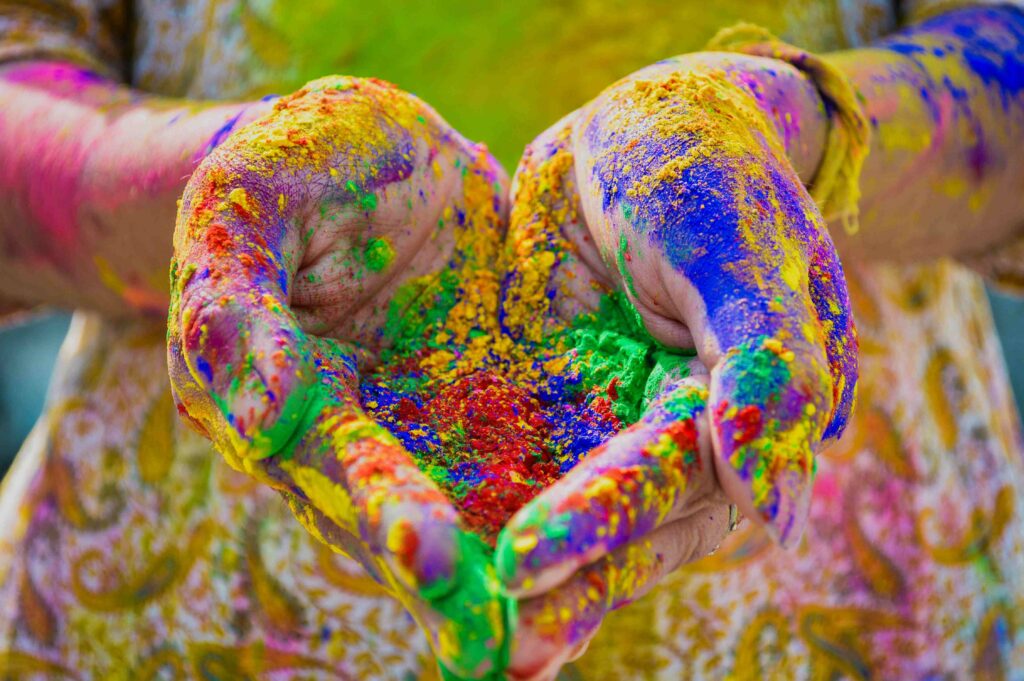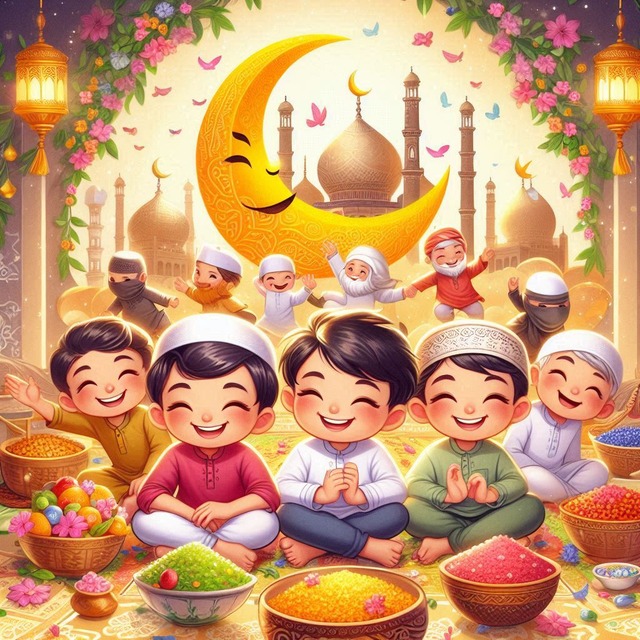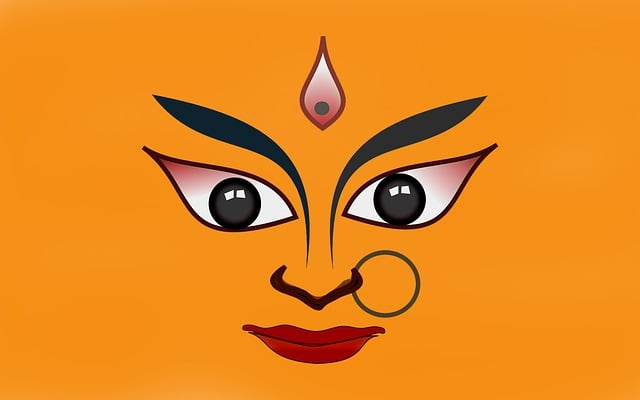Introduction to Diwali(Deepavali):
Diwali, the Festival of Lights, is a dazzling celebration that spans across time, weaving together a rich history, mythological tales, scientific aspects, and diverse regional celebrations across India. As the glow of diyas illuminates homes, the festival unites millions in the spirit of joy and festivity.
History of Diwali(Deepavali):
The historical roots of Diwali trace back to ancient India, where it originated as a harvest festival. Over time, it evolved into a multi-dimensional celebration, embracing various cultural, religious, and historical narratives. Diwali signifies the triumph of light over darkness, good over evil, and the victory of righteousness.
Mythological Stories of Diwali(Deepavali):
Churning of the Ocean (Samudra Manthan):
Diwali is associated with the churning of the ocean, where various divine entities and demons collaborated to extract the elixir of immortality (amrita). The emergence of Goddess Lakshmi during this event adds to the Diwali festivities.
Return of Lord Rama:
Diwali commemorates the return of Lord Rama to Ayodhya after defeating the demon king Ravana. The people of Ayodhya lit lamps to welcome their beloved prince, symbolizing the victory of virtue and the dispelling of darkness.
Victory of Lord Krishna:
Another significant Diwali tale is the victory of Lord Krishna over the demon Narakasura. This narrative emphasizes the triumph of light over ignorance and the significance of righteousness.
Sikhs celebrate Diwali to mark the release of Guru Hargobind Ji from imprisonment. Jains observe Diwali as the day when Lord Mahavira attained nirvana, and Buddhists celebrate Emperor Ashoka’s conversion to Buddhism. The stories and legends associated with Diwali vary across regions and communities.
Scientific Aspect of Diwali(Deepavali):
The timing of Diwali, following the harvest season and coinciding with the new moon, holds scientific significance. Lighting lamps and bursting firecrackers symbolize the celebration of longer days and shorter nights as winter approaches. Cleaning and decorating homes during Diwali is a practical tradition, as it helps eliminate pests and germs accumulated during the monsoon season. The antimicrobial properties of oil lamps further contribute to a healthier environment.
5 Days of Diwali Celebration & Deepavali Lakshmi Pooja
Day 1 – Dhanteras:
Diwali begins with Dhanteras, where people worship Lord Dhanvantari for health and Goddess Lakshmi for wealth. It is customary to buy gold or new utensils on this day.
Day 2 – Naraka Chaturdashi (Choti Diwali):
Naraka Chaturdashi signifies the victorious battle of Lord Krishna against the formidable demon Narakasura, marking the conquest of good over evil.
Day 3 – Diwali (Lakshmi Puja):
The main Diwali day is dedicated to the worship of Goddess Lakshmi and Ganesha. Homes are illuminated with lamps, and families perform puja to seek prosperity. The exchange of gifts, sweets, and the bursting of firecrackers add to the festive atmosphere.
Day 4 – Govardhan Puja:
Govardhan Puja honors Lord Krishna’s lifting of the Govardhan Hill to protect villagers. Devotees express gratitude for nature’s bounty through vegetarian feasts.
Day 5 – Bhai Dooj:
Diwali concludes with Bhai Dooj, celebrating the bond between brothers and sisters. Sisters perform puja for their brothers, and the day is marked by the exchange of love and gifts.
Diwali Celebrations Across India:
Diwali is celebrated with regional variations, adding a kaleidoscope of diversity to the festivities.
North India:
Delhi and Uttar Pradesh: In these regions, 5 Days of Diwali Celebration are grand and elaborate. Homes are adorned with lights, diyas, and intricate rangoli designs. People exchange gifts, burst fireworks, and participate in community events. The markets bustle with activity as families shop for new clothes and decorations. The festival is marked by the worship of Goddess Lakshmi and the lighting of lamps.
West India:
Maharashtra: Deepavali is celebrated with great fervor in Maharashtra. Families clean and decorate their homes, make colorful rangoli, and engage in cultural performances. The exchange of sweets and snacks is a common practice, and the lighting of lamps is accompanied by the bursting of firecrackers.
Gujarat: In Gujarat, Diwali coincides with the New Year celebration. The festival is marked by the worship of Goddess Lakshmi and the lighting of lamps. People engage in traditional dances like Garba and offer prayers for prosperity.
East India:
West Bengal and Odisha: In West Bengal, Deepavali is celebrated as Kali Puja, dedicated to Goddess Kali. People create elaborate clay idols of the goddess and perform rituals. In Odisha, the festival is marked by the deep dana amavasya, by the preparation of various sweets and the lighting of lamps.
Assam: Deepavali is celebrated as Kati Bihu in Assam, where people light lamps and perform traditional dances. It is also a time for farmers to express gratitude for the harvest season.
South India:
Tamil Nadu: Diwali is celebrated as Deepavali in Tamil Nadu. Homes are decorated with kolam (rangoli) designs, and oil lamps are lit. Special prayers are offered to deities, and people exchange sweets and gifts.
Karnataka: In Karnataka, Diwali is marked by the worship of the cow and calf, symbolizing the bond between humans and animals. People clean their homes, light lamps, and burst firecrackers.
Central India:
Madhya Pradesh and Chhattisgarh: Deepavali celebrations in these states are characterized by the lighting of lamps, bursting firecrackers, and the exchange of gifts. People come together for community events, and traditional sweets are prepared in abundance.
Rajasthan: Diwali in Rajasthan is celebrated with great pomp. Homes are decorated with colorful lights, and markets are adorned with traditional handicrafts. The lighting of earthen lamps and the bursting of firecrackers are integral to the celebrations.
While the specific rituals and customs may vary, the underlying theme of Diwali remains consistent across India – a celebration of light, prosperity, and the triumph of good over evil. The diversity in how Diwali or Deepavali is celebrated reflects the rich cultural tapestry of the country.
Conclusion of Diwali (Deepavali):
Diwali, with its deep historical roots, mythological tales, scientific connections, and diverse regional celebrations, stands as a testament to the cultural richness of India. As the festival unites people in the celebration of light, joy, and togetherness, Diwali continues to be a radiant symbol of unity in diversity.





2 Comments